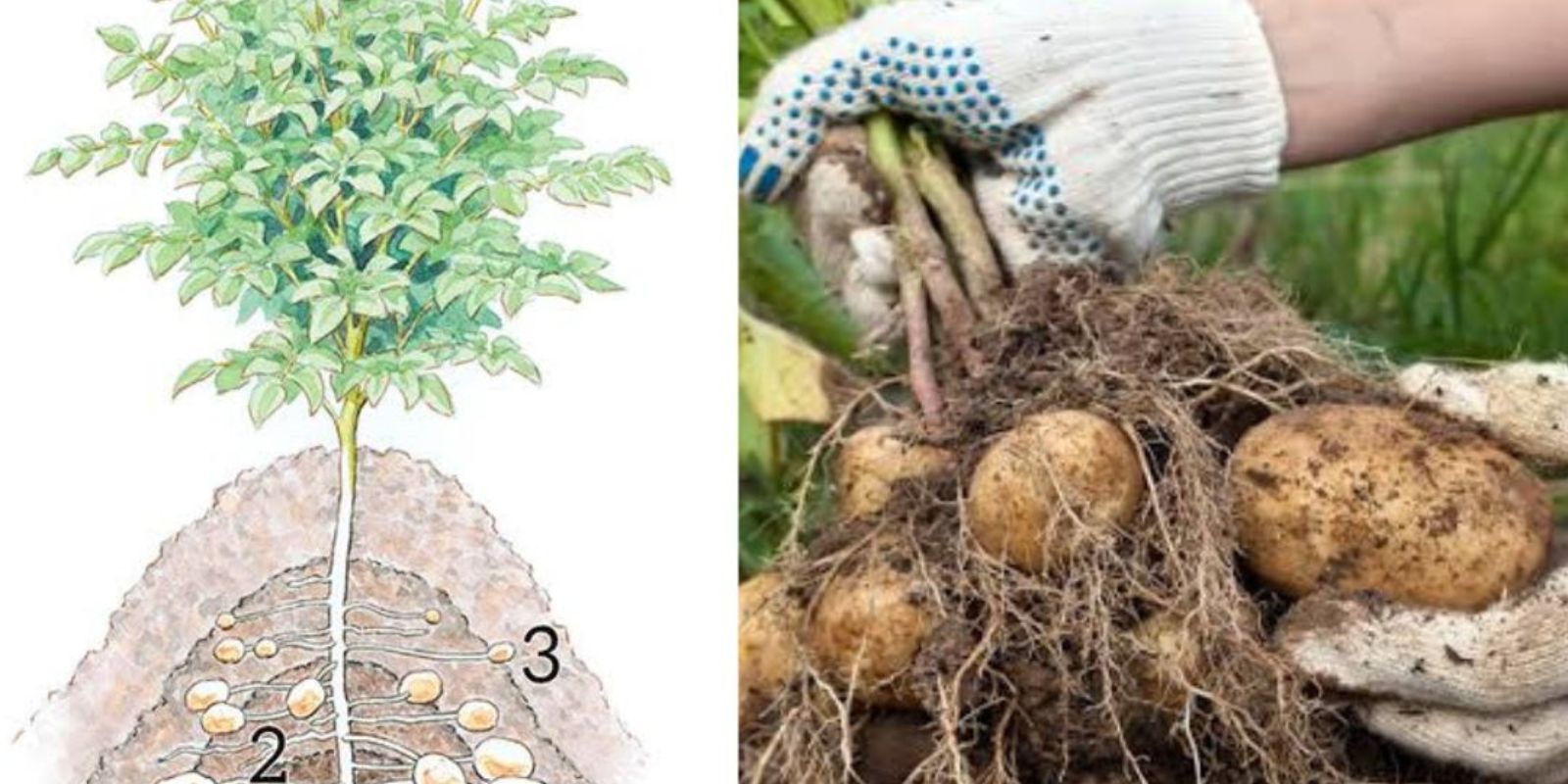Planting potatoes in autumn is a brilliant way to make use of the cooler months and set your garden up for success in the spring. Potatoes planted in autumn benefit from the winter’s natural moisture and temperature conditions, allowing them to establish roots and get a head start on growth when spring arrives. This guide will walk you through everything you need to know to successfully plant, care for, and harvest potatoes in the coming season.
Why Plant Potatoes in Autumn?
Autumn planting offers several advantages:
- Early Harvest: By planting in autumn, you can enjoy fresh potatoes as early as March or April, weeks ahead of traditional planting schedules.
- Efficient Use of Time: Planting in autumn reduces the workload in spring when many other gardening tasks demand attention.
- Stronger Plants: Potatoes planted in autumn establish strong roots during winter, leading to healthier plants and higher yields.
Step-by-Step Guide to Planting Potatoes in Autumn
1. Choose the Right Location
Potatoes thrive in full sun and well-draining soil. Select a spot in your garden that gets plenty of sunlight during the day. Avoid areas prone to waterlogging, as excess moisture can rot the seed potatoes.
2. Prepare the Soil
Proper soil preparation is crucial for healthy potato growth.
- Loosen the soil: Use a garden fork or tiller to break up compacted soil.
- Amend with nutrients: Incorporate compost or well-rotted manure to enrich the soil. Potatoes need a good supply of organic matter to thrive.
- Ensure good drainage: If your soil is heavy clay, consider adding sand or planting in raised beds.
3. Select Quality Seed Potatoes
Opt for certified disease-free seed potatoes. These are specifically bred for planting and have a higher chance of success compared to grocery store potatoes. Varieties like ‘Charlotte’ or ‘Maris Piper’ are excellent choices for autumn planting.
4. Plant the Potatoes
Planting depth and spacing are key to ensuring healthy growth.
- Dig planting holes: Make holes or trenches 10-15 cm deep.
- Spacing: Place seed potatoes 30 cm apart in rows spaced 60 cm apart.
- Cover with soil: Lightly cover the potatoes with loose soil, leaving a mound to promote drainage.
5. Protect with Mulch
Mulching is essential for protecting your autumn-planted potatoes from frost and maintaining a consistent soil temperature.
- Use organic mulch materials such as straw, leaves, or grass clippings.
- Apply a thick layer (around 10-15 cm) over the planted area to insulate the soil.
Caring for Potatoes Over Winter
1. Minimal Maintenance
One of the advantages of autumn planting is the minimal care required during winter. The cooler weather and natural precipitation help maintain soil moisture.
2. Frost Protection
While the mulch provides significant protection, extreme cold spells may require additional measures. Cover the area with fleece or a frost blanket if necessary.
3. Watch for Pests
While winter pests are less active, keep an eye out for signs of slug or rodent activity around the mulch. Remove any pests you find to protect the seed potatoes.
Spring Growth and Harvesting
As temperatures begin to rise in early spring, you’ll notice the first signs of potato plants sprouting. At this stage, it’s important to:
- Remove Excess Mulch: Once the plants emerge, reduce the mulch layer to prevent moisture buildup around the stems.
- Hill the Potatoes: As the plants grow, mound soil or compost around the base of the stems. This encourages tuber growth and prevents sunlight from greening the potatoes.
- Water Consistently: Ensure the plants receive 2-3 cm of water per week. Avoid overwatering, as soggy soil can lead to rot.
Harvesting
By March or April, your autumn-planted potatoes will be ready to harvest. You’ll know they’re ready when:
- The plants start to flower or the foliage begins to die back.
- The soil is dry enough to dig without clumping.
Use a garden fork to gently lift the potatoes from the ground, taking care not to damage the tubers. Brush off excess soil and store them in a cool, dark place.
Tips for Success
1. Rotate Your Crops
To prevent soil-borne diseases like potato blight, avoid planting potatoes in the same location year after year. Rotate them with other crops like legumes or leafy greens.
2. Companion Planting
Consider planting garlic or onions near your potatoes. These companions can help deter pests and improve overall growth.
3. Use Raised Beds or Containers
If your garden soil isn’t ideal, plant potatoes in raised beds or large containers filled with nutrient-rich soil. This also makes it easier to manage frost protection.
4. Feed the Soil
After harvesting, replenish the soil with compost or organic fertilizer to prepare for the next planting cycle.
The Benefits of Autumn-Planted Potatoes
Planting potatoes in autumn is not only practical but also rewarding. You’ll enjoy an early harvest, reduce the workload in spring, and maximize your garden’s productivity. The process is simple, requires minimal maintenance, and allows you to make the most of your gardening space year-round.
Get Started Today!
There’s no better time to start planning your autumn potato planting. Gather your seed potatoes, prepare your soil, and enjoy the satisfaction of growing your own food. Share your progress and tips with fellow gardeners in the comments!
#AutumnGardening #PotatoPlanting #SpringHarvest #HomegrownVeggies #GardeningTips

